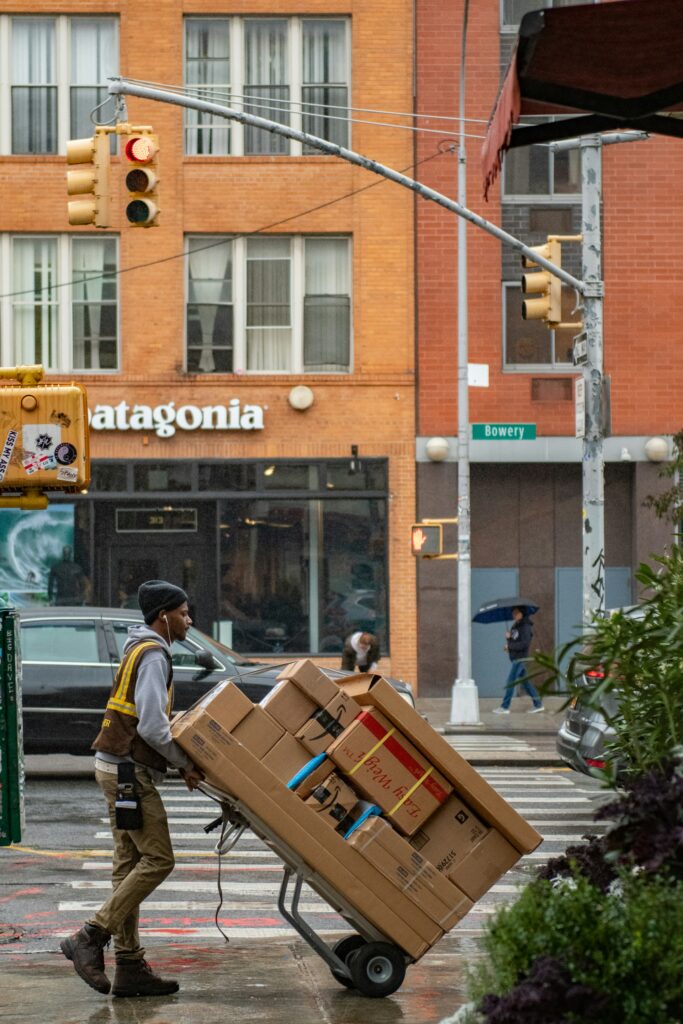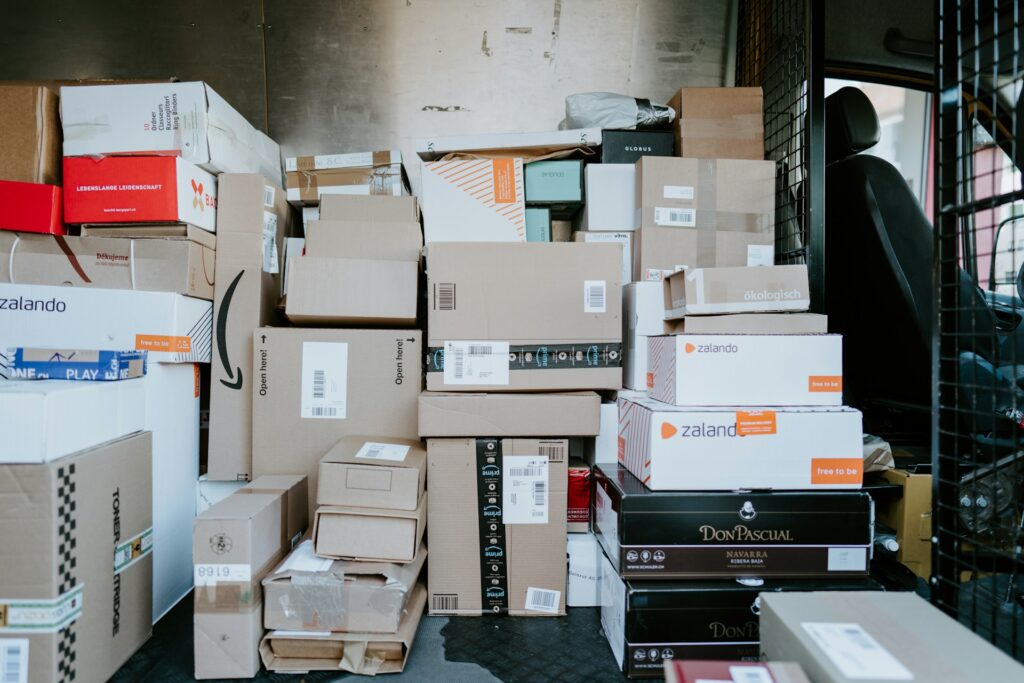Amazon is Increasing Their Market Fee – Why Opening a Woo Store May Be Your Best Option

Amazon periodically changes its fees and distribution policies to meet its changing costs and growing needs. Keeping up with the policy changes and calculating how they will affect your business can be a full-time job.
With the recent increase in fees, and possible increases in the future, is Amazon the best way to go? We’ll discuss Amazon’s new changes, how they may impact you, and why it may be time to move on.
Changes to Amazon Fees
Amazon estimates that its 2024 changes will cost merchants, on average, $0.15 more per unit sold than they are already paying. That doesn’t seem like a lot, but $0.15 for every unit adds up quickly and can make a big difference in your business strategies.
It’s also critical to note that this estimated average should not be generalized. How it impacts your business completely depends on how many units you sell, the size of your products, and your inventory, to name a few, and it could end up costing you more than you’d expect.
FBA Fees
Fulfillment by Amazon (FBA) fees are based on a tiered structure and a product’s weight and size. Starting April 15, 2024, FBA fees will start at a little over $3 for 2 oz. products, and could reach nearly $30 for up to 20 lb products. If you have oversized products (over 150 lbs), the FBA fee will be nearly $200 or more.
Inbound and Outbound Fees
Inbound and outbound fees are newly introduced fees. Inbound fees occur after products have been sent to Amazon fulfillment centers. You are able to get a discount on these fees by sending your products to multiple fulfillment centers. An additional defective inbound fee will occur if products are sent to the wrong fulfillment center or for deleted or abandoned shipments.
Outbound fees can discount your FBA fees if you take part in programs like Ships in Product Packaging (SIPP).
Referral Fees
With a few exceptions, a referral fee is applied to every product sold through Amazon. This fee is a percentage of the sale price and varies based on how the product is categorized. This fee can range from 5% to 45% and have fee minimums as well. In 2024, most referral fees remained unchanged, but some apparel product fees were reduced.
Inventory Fees
Another new fee that has been introduced is low inventory fees. This fee applies if you “consistently [carry] low levels of inventory relative to unit sales.” These fees will depend on your product weight and size and historical days of supply.
Disposal Fees
Removal and disposal fees are not new to Amazon, but those fees will increase in 2024. These fees, like most other Amazon fees, are based on the product’s size and weight, and can range from $1.04 to over $14 for really heavy items.
Returns Fee
Newly added in 2024 is a returns fee. With the exception of apparel and shoes, this fee will apply to products that have a high rate of return. This can be a hefty cost, with fees increasing already starting in June of 2024.
Amazon vs. WooCommerce

Every business is different, and each can benefit from a different business model. Amazon fits the needs of some businesses, while others can really thrive with their own WooCommerce store, and others use a healthy mix of both.
Flexibility
One of the greatest advantages of investing in a WooCommerce store may be the flexibility it offers. This flexibility allows you to set your own prices, run promotions and discounts on your timetable, and increase your profit margins with no referral fees. You get to control how your product is sold instead of relying on a third party.
Branding Control
Having your own WooCommerce store means that you can have complete control over your branding. From website design and layout to the customer shopping experience, WooCommerce is completely customizable and allows you to create the ideal customer experience.
Less Competition

It’s nice for a customer to come to your WooCommerce store and only see your products. Amazon’s advantage is that it does attract millions of customers, but shows them your direct competition right next to your product. With the right marketing, you can find your niche’s customers and bring your products, and only your products, directly to them.
Amazon offers convenience and an already broad and loyal customer base. But those advantages come with extra fees and giving up a bit of freedom in your inventory, prices, and promotions.
With Amazon you have limited payment options, but with WooCommerce you can use our Stripe plugin which has Apple Pay, Google Pay, and Buy Now Pay Later options which help drive revenue.
If you’re looking for complete regulation of your products, flexibility in your pricing, and the ability to create the brand experience you envision, a WooCommerce store is your best option.


